commentary Commentary
Commentary: The dangers of leaving our kids with a childcare centre or babysitter – how real are the risks?
I’ve experienced my fair share of worry from hiring our first helper to my child’s first experience with a childcare centre, says mum June Yong.
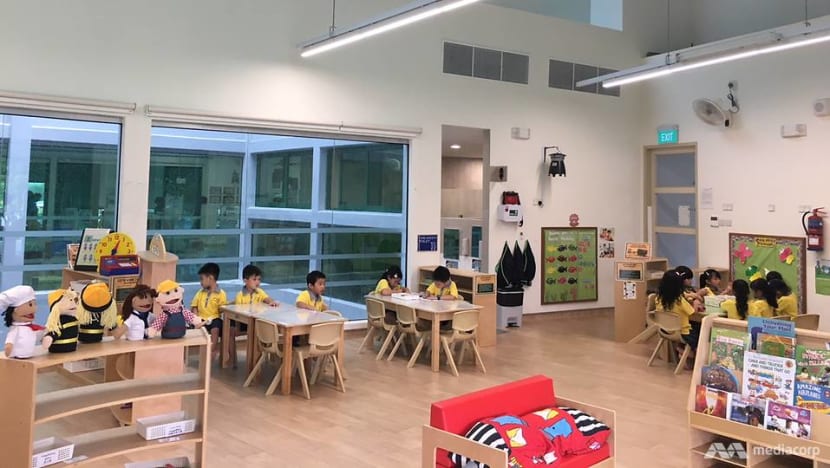
Five new large childcare centres will open in Sengkang and Punggol by 2020. (Photo: Chan Luo Er)
SINGAPORE: Reading the news as a parent today can sometimes bring on a wave of panic attacks.
Particularly news involving attempted kidnapping, suspected kidnapping, tots falling into train gaps, or mistaken identities that could lead to your child being given away to a stranger at childcare centres.
Many such stories eventually turned out to be false alarms. But when shared over social media when facts were initially unclear, the boundaries between fact and fiction can blur. And the emotion aroused is the unmistakable sense of fear.
As a mother of three, I’ve experienced my fair share of worry – from hiring our first helper to my child’s first experience with a childcare centre.
SAFETY SHOULD NOT BE OVERLOOKED
A year ago when I was picking up my youngest child, I was informed by the kindergarten reception that he’d already been brought back by my helper. I immediately called home, only to be told she did not have him.
What happened next was a blur of confusion and worry. I was later told by a profusely apologetic staff member that my child was still in the premises and it had been a case of mistaken identity.
In those few minutes when I did not know where my child was, the fear was very real. Because the school took swift action to resolve the problem, I did not pursue the matter.
When hiring carers for their children, or picking a childcare centre for their unborn kid, most parents worry whether they’re handing their young ones over to a safe pair of hands.
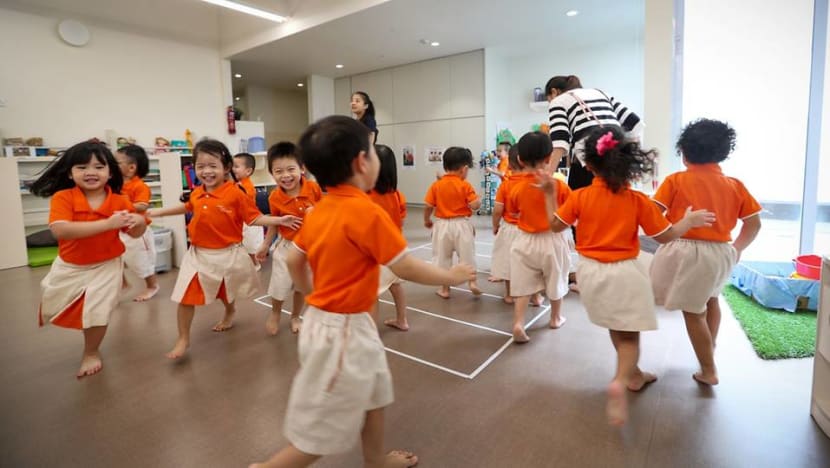
Even the best places are not immune to mishaps. The difference is in how these are handled.
In terms of our children’s care and physical well-being, no doubt we have to exercise vigilance as parents and rightly so. After all, they are at the stage when they cannot fend for themselves.
READ: Sleep training for your kids – it works and you should try it, a commentary
Apart from safety and school vigilance, we also grieve over cleanliness and the quality of teachers at childcare centres.
And most of us need time, observation and training before we feel comfortable enough to leave a young infant in the hands of a new helper or nanny.
HELICOPTER PARENTING
As adults, we take calculated risks all the time - when investing in a new financial product, buying your first home, or changing jobs. We typically rely on current information as well as past experiences and lessons to guide the choices we make.
We learn to trust our decision-making skills after experiencing some degree of success and confidence. We need to instil these same instincts into our kids but do we?
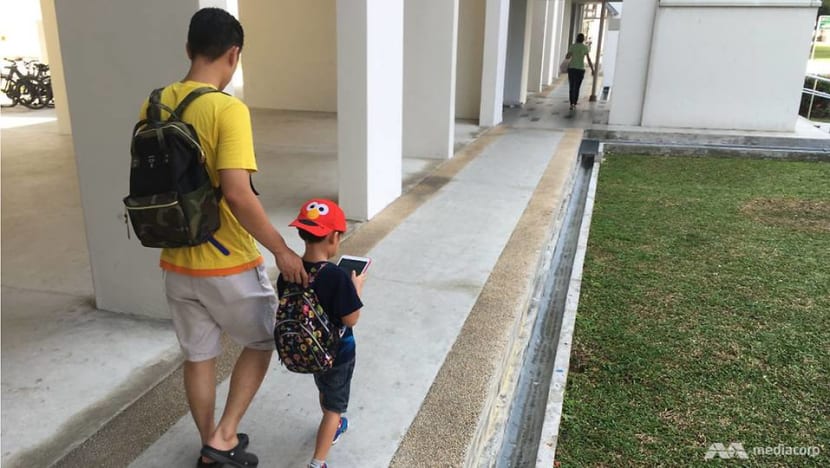
Studies have uncovered the pitfalls of helicopter parenting.
Helicopter parents tend to be over-involved and demanding because they let fear drive their actions. They often intervene pre-emptively, giving the child little chance to try and accomplish something on their own.
Kids grow up less adaptive. Studies show that kids of helicopter parents they have poorer emotional and academic function, and decision-making skills.
We have to accept that kids will have new experiences without us parents. Instead of hovering around, we could impart knowledge of how to deal with these at all ages, whether our kids are three, seven or 15.
For example, in interacting with strangers, rather than adopting a blanket rule – no talking to strangers – we can couch it differently by saying: “When mummy is around, you can respond when a stranger says ‘hello’. When you are alone, you should find a trusted adult if a stranger approaches you.”
READ: Should you install a tracking app on your kids' phones? A commentary
The phrase “strangers will catch you” instils in children a fear that is grossly disproportionate with reality. It teaches them that the world is not to be trusted.
BALANCING RISKS WITH COACHING AND PRACTICE
My daughter is a fairly confident 10-year-old. Even so, she experiences some uncertainty when taking on new, somewhat risky, tasks.
When she enters Primary 5, we plan to train her to take public transport to school. News covering incidents of outrage of modesty on public transport can be hair-raising to read, but I think there is a middle ground between being alert and being paranoid.
We hope to arm her with a balanced view of the possible dangers, along with tips on how to protect herself, such as sitting beside a female passenger and avoiding a crowded bus.
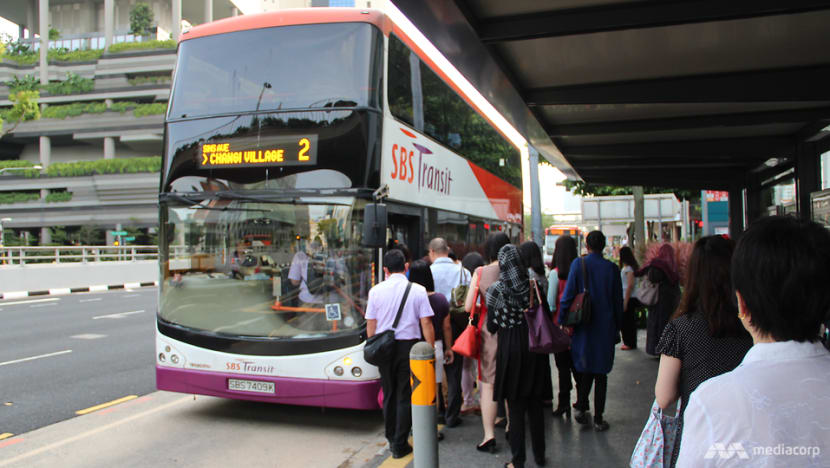
We’ll also be her chaperon for the first few times, before letting her go on her own.
Tackling something new is undoubtedly uncomfortable, nerve-wrecking even, but with the right information and emotional support, it can be an area of growth with profound impact on a child’s sense of self-belief.
BE MOTIVATED BY GROWTH, NOT FEAR
Instead of allowing news of child-related crimes and incidents to fan our anxiety and lead us to coddle our children, we should focus on building resilience in our young and instilling in them the right instincts to deal with new situations.
Instead of ringfencing what they can or cannot do, a more productive approach may be to arm them with skills that can act as a protective shield, a more effective shelter to stress and adversity than anything the most loving parent can do or provide.
The keys to achieving this kind of resilience include developing caring relationships with trusted adults whom they know they can contact at the first sign of trouble, fostering a strong sense of autonomy and independence so that they know when to say no, and having an optimistic view of life so that they don’t let apprehension curb their freedom.
As parents, we set the tone for our kids by not letting irrational fears drive our decisions.
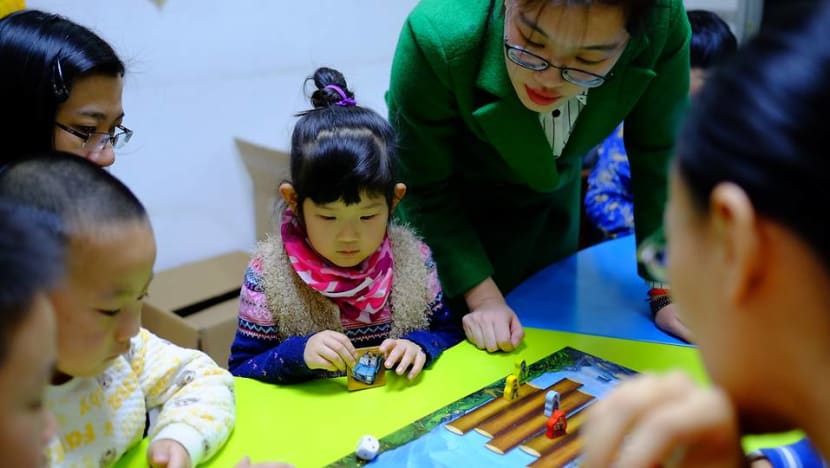
READ: Is your child too clingy? Here's how to help them grow independence, a commentary
If the situation is age-appropriate for them to handle by themselves, take a step back and coach them from the sidelines.
Our children will begin to know themselves and their strengths better, and develop their own radar for sensing real danger.
So let’s keep our eyes on the right ball – by equipping and empowering our kids to try new things and make mistakes, within reasonable and safe limits.
June Yong is a mother of three, an educational therapist and owner of Mama Wear Papa Shirt, a blog that discusses parenting and education in Singapore.














